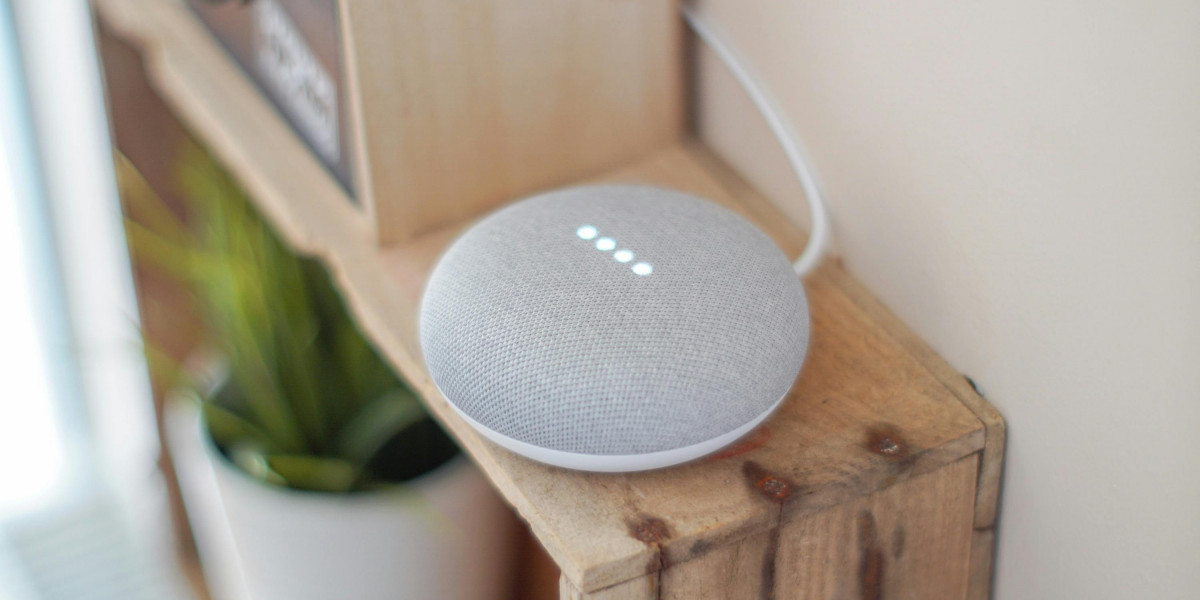In recent years, the smart home devices market has experienced exponential growth, driven by innovations in technology, the rise of the Internet of Things (IoT), and the increasing demand for home automation. Consumers are increasingly opting for smart home solutions due to their convenience, energy efficiency, and enhanced security features. This article provides an analysis of the competition in the smart home devices market, exploring the key players, trends, and strategies shaping this ever-evolving industry.
Market Overview
The smart home devices market includes products such as smart thermostats, security cameras, smart speakers, lighting systems, and appliances that can be controlled remotely through smartphones, voice assistants, or automated systems. As of recent market reports, the global smart home market was valued at over USD 80 billion and is projected to grow at a compound annual growth rate (CAGR) of 25% over the next decade.
Key Market Players
The smart home market is highly competitive, with several major players dominating the landscape. The key players include Amazon, Google, Apple, Samsung, and other specialized companies such as Ecobee, Ring, and Philips. Amazon and Google are particularly strong competitors in the smart speaker and voice assistant space, with Amazon’s Alexa and Google Assistant leading the charge in smart home integration. Apple's HomeKit ecosystem also plays a significant role, particularly among iOS users.
Samsung, on the other hand, has diversified its product offerings, ranging from smart refrigerators to smart TVs, while companies like Philips and Ecobee are focusing on niche areas such as lighting and smart thermostats. This diversification allows these companies to capture different segments of the market and cater to various consumer preferences.
Competitive Strategies
To remain competitive in the fast-growing market, companies are employing various strategies, including product innovation, partnerships, and acquisitions. For instance, Amazon has been consistently expanding its smart home ecosystem by acquiring companies like Ring and Blink, which specialize in home security solutions. Google has also been enhancing its product portfolio by investing in Nest, a company known for its smart thermostats and home security systems.
Apple, with its strong brand loyalty, continues to integrate its HomeKit system into a variety of devices, creating a seamless user experience across its product lineup. Samsung focuses on integrating its smart home devices with its broader product ecosystem, offering a wide range of options that work seamlessly together, including smartphones, smart appliances, and smart TVs.
In addition to partnerships and acquisitions, companies are also focusing on improving the usability of their devices. User-friendly interfaces, voice commands, and AI-driven automation are key selling points in today’s market. The ability to control multiple devices from a single app or voice assistant is a major competitive advantage. The introduction of advanced AI technologies is also making it possible for devices to learn user preferences and adjust settings accordingly.
Emerging Trends
One of the most significant trends in the smart home devices market is the integration of AI and machine learning into home automation. This allows devices to become smarter over time, providing more personalized experiences for users. Additionally, the growing demand for energy-efficient solutions has led to the rise of smart thermostats, smart lighting, and energy monitoring systems, which help consumers save on utility bills while minimizing their environmental impact.
The rise of 5G technology is expected to further enhance the capabilities of smart home devices, enabling faster communication between devices and allowing for more sophisticated automation. The use of voice assistants, including Alexa, Google Assistant, and Siri, is also increasing, with more consumers seeking hands-free control over their smart home devices.
Security remains a top priority in the smart home sector, and advancements in smart cameras, doorbells, and sensors are helping to address concerns related to privacy and safety. The increasing reliance on connected devices has, however, raised questions about data privacy, prompting companies to focus on enhancing security measures to protect user data.
Conclusion
The smart home devices market is highly competitive, with key players vying for market share through strategic innovations, acquisitions, and partnerships. As the market continues to grow, the competition will only intensify. Companies that can differentiate themselves through user-centric design, seamless integration, and cutting-edge technology are likely to succeed in this dynamic space. With the rise of AI, 5G, and the continued emphasis on energy efficiency and security, the future of the smart home market looks incredibly promising.
Learn More : https://www.pristinemarketinsights.com/smart-home-devices-market-report









